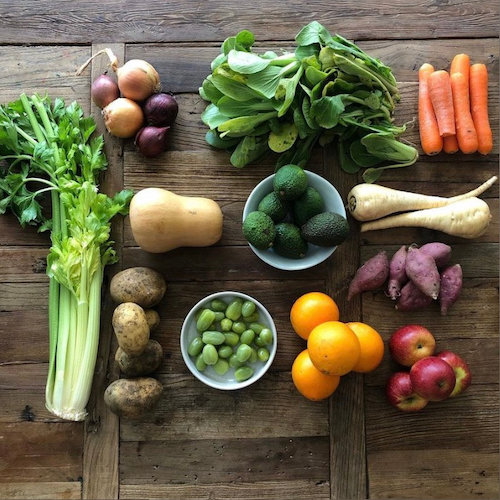With the recent extreme weather events in NZ we’ve been reminded of the importance of keeping stocked up on items that are useful in emergency situations. If you are making your own disaster survival kit from scratch there are various online sources such as the Get Ready website that lists what you should have on hand at home and ready to go in a grab bag.
The following article from stuff.co.nz warns of the potential risks of purchasing pre-made disaster survival kits as many of those tested by Consumer NZ were found to be lacking essentials required for emergency situations, such as basic hygiene items and adequate torches or first-aid kits. Read on to ensure that your kit is sufficient to get you through if needed.
Most pre-made disaster survival kits are a ‘recipe for disaster’, Consumer NZ says.
It could be the little box that saves your life, which is why authorities are warning Kiwis to be wary of pre-made emergency survival kits after our consumer watchdog found some lacking.
Consumer NZ tested and rated seven pre-made survival kits on how comprehensive their components were, the quality of items inside, and their value. It found five of the kits did not have basic hygiene items, such as hand sanitiser or tissues, and four had inadequate torches or radios.
ITEMS TO PUT IN YOUR GRAB BAG
* Three days’ worth of food and water.
* A torch, radio, spare batteries, hand sanitiser, cash, photo ID, and other important documents.
* Walking shoes, warm clothes, a raincoat and a hat.
* A first aid kit and prescription medicine if required.
* Water and snack foods.
* A rain poncho, thick gloves, a dust mask, and hygiene items like tissues, wet wipes, toothbrushes and paste.
SOME WAYS THAT YOU CAN PREPARE
* Emergency planning should cover where you will meet if you cannot get home and a backup plan if you cannot pick up children.
* You should also include the name and contact details of someone who lives out of town, who your family knows to contact in case phones go down, as well as a list of family and friends who may require your help.
* You should also plan how you will stay warm at night and cook food if there is no power.
* Store separate getaway kits if you need to leave in a hurry.





About The Author: Grant_admin
More posts by grant_admin